You are here
Margush - Gonur Depe.
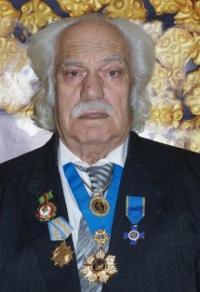
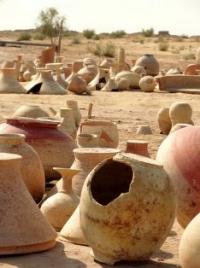
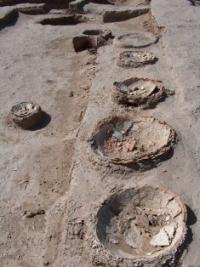
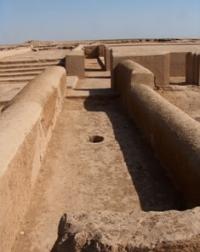
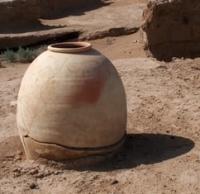
Excursion to Margush Gonur Depe ancient settlement.
"It seemed that the excavations neared its end - the boundaries of the city were identified, the architecture was clarified (it became clear that the city consisted of the palace and a number of sanctuaries around it), a collection of valuable and unique items was found. However, every year, the excavations at Gonur bring up more and more new discoveries"
Tours and excursions in Turkmenistan.
It was exactly 40 years ago, in distant 1972, when the now-famous archaeologist Viktor Sarianidi and his colleagues discovered a hill in the Karakum desert. This hill was richly studded with shards. A scattering of broken ceramics was a sure sign that once there existed a city or other human settlements.
Local shepherds called this hill Gonur Depe - a word that soon became well-known in the world of archeology and gained global fame. The excavations continue to this day. It took four decades of hard work of dozens of archaeologists and hundreds of workers to excavate the ruins of the largest city among nearly two hundred villages in the delta of the Murgab river, where people lived for almost four thousand years ago.
We can only guess as to what was the name of this small country, which was cut off from the world by mountains and desert. It is now known as the country of Margush, according to the Avesta, or Margiana, according to ancient Greek geographers.
The Margiana expedition, under the direct supervision of professor Sarianidi, is a joint project of the National Office for the Protection, Research and Restoration of Monuments of History and Culture of the Ministry of Culture of Turkmenistan and the Miklouho-Maclay Institute of Ethnology and Physical Anthropology of the Russian Academy of Sciences.
The excavations at Gonur Depe proved the highest level of cultural development of the population of the Murgab oasis in the Bronze Age. It gave scientists a reason to say that one of the earliest centers of the ancient oriental civilization existed in this region.
The excavation of the royal necropolis of Gonur led to excellent results. There were found eight tombs of the rulers of Margush. All of the tombs are the miniature models of the real underground dwellings with relevant attributes - hearths, niches in the walls for household items, narrow benches and places to hide treasures.
The ancient people believed in life after death. That is why the funerary offerings that they put in the tombs included not only complete sets of dinnerware ceramics and metal, but also all kinds of jewelry made of gold, silver, bronze, copper, precious stones and a variety of religious statues and personal seals and amulets.
Alas, all the mausoleums of this type were plundered in ancient times and archaeologists basically found only occasional remnants of luxury. However, even these items strike with the finest craftsmanship of masters of the Bronze Age.
It seemed that the excavations neared its end - the boundaries of the city were identified, the architecture was clarified (it became clear that the city consisted of the palace and a number of sanctuaries around it), a collection of valuable and unique items was found. However, every year, the excavations at Gonur bring up more and more new discoveries.
First of all, this is about a great number of fine potteries, gorgeous items made of bronze, silver, gold and stone. They are now stored in the museums of Ashgabat and Mary. Among them are the specimen that would be envied by the Louvre in Paris, the British Museum in London and the Metropolitan Museum in New York that boast the huge repository of the world values.
Luckily, thieves could not carry away the decorations of the walls of the underground house-vaults and large wooden boxes - the tabernacles. Never before in any other places of the world scientists found such extraordinary works made by humans. In the royal necropolis of Gonur, there were found skillfully-made panels decorated with ornamental and thematic multi-figure compositions.
The central part of these compositions was painted, while the individual elements were made as mosaic. None of the rooms excavated earlier at the Gonur palace had anything similar to that. Did they believe that the "houses" of rulers and priests for the other world were more important than dwellings they had in their lifetime?
The mosaics were found in all excavated tombs, but only two of them have been preserved in their entirety. The others have only certain elements that once made up the wall panels. Nevertheless, even this little amount of findings let us look into the world of legends, myths and rituals of all the inhabitants of Gonur and the entire country of Margush.
Pairs of griffins and winged lions, snakes swallowing argali, scenes of dragons fighting snakes demonstrate one of the leading ideas of the time - the struggle between good and evil. These pictures can be found on the seals and amulets of Bactria and Margiana, and Victor Sarianidi repeatedly pointed to this fact.
The art of the ancient East has similar motives, but the Gonur specimens depict the real and imaginary animals much more professionally, with much greater expression and naturalism. "First, we were far from clear as to what colors and stones were used to make the Gonur mosaics, where and how the parts of mosaic were fixed, says deputy chief of Margiana expedition, Doctor of Historical Sciences Nadezhda Dubova.
Finally, we had no idea how these compositions were created - right on the spot or in a separate workshop? Now, thanks to support of various specialists, we have been able to answer many questions, but there are still a lot of questions to be answered.
After a series of lab tests we found that the images were painted with few organic dyes: carbon (black color), ultramarine made from lapis lazuli (bright blue) and vermilion (bright red). The most important and spectacular details such as the head and torso of predators, birds, fish, gryphon and other animals, feathers, elements of geometric patterns were made of stone.
Among dozens of stone tools of the Gonur masters we found cutters, specially made and honed at such an angle that allowed a master to cut out such mosaic. This proves that the master stone-cutters and ancient painters created their magnificent works on the spot.
They did not bring them from other places. They also used local raw materials - the minerals mined in the Kopet Dagh mountains". The restoration works provided invaluable information for understanding the mosaics making technique.
These works are carried out for the second year at the Museum of Fine Arts of Turkmenistan by experienced specialists from Moscow - Natalia Kovaleva and Galina Veresotskaya, employees of the State Research Institute of Restoration of the Russian Ministry of Culture, as well as Tatiana Shaposhnikova from the State Museum of the History of Religion (St. Petersburg).
They have already restored three large fragments from the "tabernacle" and some decorative wall panels from the royal tombs. The geometry of patterns of restored mosaic strongly resembles carpet ornaments. It consists of triangular, square and rectangular-linear elements.
he space between these major components, as well as between different small blocks inside these components is either black of red colored. Despite the seeming simplicity of the painting, it became clear that many different, often very sophisticated methods were used to make it.
"I believe that the composition of the ornament was made of parts that were produced separately, using standard templates, says N.A.Kovaleva. Those square, triangular and linear elements were possibly kept as ready-made sets and, when necessary, they were fixed on a wooden base with a special sealant.
As for the method of making mosaics, we had a lot of disputes. Of course, the easiest and most popular method would be to apply plaster on a wooden plate and fix a ready-made mosaic detail in it, as required by the design.
But I think the ancient masters did it the other way. To create these individual elements one could use common frames - triangular, square or oblong - made of wood or ceramic, the depth of which corresponded to the thickness of the layer of the lime-silica base.
This form was placed on the picture-template made of fabric, leather or parchment. The picture, in turn, was covered by transparent, slow-drying adhesive, such as honey or other astringent, which is easily soluble in water.
Thin yellowish mosaic plates were first fixed on this picture, followed by bright white "cubes". Then, hot black mastic was applied, covering and leveling the part. That is why there is a flat black edge along certain contour and well-preserved zigzag lines of white "cubes".
After that, the entire form was filled with a layer of non-shrink overall mixture of lime and quartz, sometimes with gypsum. And only after the mixture dried up and removed from the face of the adhesive residue, one could start painting the "gaps" on the front side with red and black colors in accordance with the design.
The details of the mosaic decoration made this way were as strong and tough as stones. They could be stick to a wooden base with the glue of any natural resin". The restorers have modeled the most likely technology to manufacture mosaics, but they still need to do the most difficult thing - to try to recover, at least in part, some old panels, both ornamental and thematic from a variety of disparate parts.
It is not easy to describe the great variety of the fragments found! There were figures of winged dragons and lions, tiger masks, snakes, fish and poultry, argali, antlered deer, the fragments of some relief images that are now impossible to identify, a series of almond-shaped eyes with round pupils and a very expressive face of the man, which is the only one by now.
We do not know what such compositions meant and why they were placed in the tombs. But one thing is certain. These mosaics reflected as a mirror the spiritual world of the people who lived nearly four thousand years ago. It was so long ago, so much beyond the limits of collective memory, that no human being would ever imagine such a distant past.
By inventing the calendar and chronology, people learned to calculate the past only mathematically. But this data is as much abstract as the calculated distance to the far away planets and stars, and we simply believe it.
However, no one can cover such incredible physical distance. One can roughly calculate how many generations have changed on earth since then, or, what was the lifestyle of the civilization that lived in the delta of the Murgab River.
If three generations change in one century on the average, then 35 centuries that have passed since the mid-second millennium BC account to more than one hundred generations. Does a modern man remember his direct ancestors?
At best, he can remember the names of his ancestors. The further away, the greater the fog of forgetfulness. And suddenly, through this seemingly impenetrable darkness, when everything has been lost - the language and the name of the people who lived here, the names of abandoned cities that were completely erased from memory - we found fragments of messages from fellow countrymen who are three and a half thousand years older than us!
They walked where we walk now, they saw the same silhouettes of mountains, and, most importantly, they were not different from us in their appearance and thinking. In other words, they were the same people as we are, and it gives us a chance to understand their way of thinking and the logic of their actions.
Scientists are just at the start of comprehending a symbolic or narrative meaning of the Gonur images on the panels. However, the uniqueness of these mosaics, the artistry of their creators will also attract those professionals who know well the myths and legends of the ancient East.
There is no doubt that they will unlock many secrets of the civilization, which is genetically related to the culture of the modern Turkmen, which has been hidden for thousands of years under the sands of the Karakum desert.
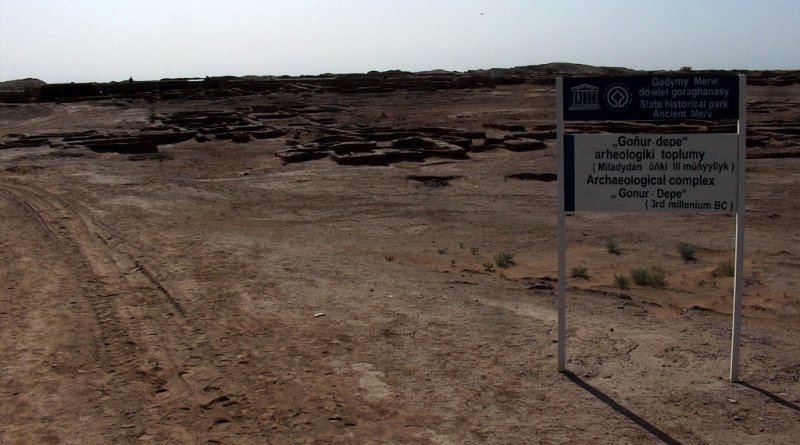
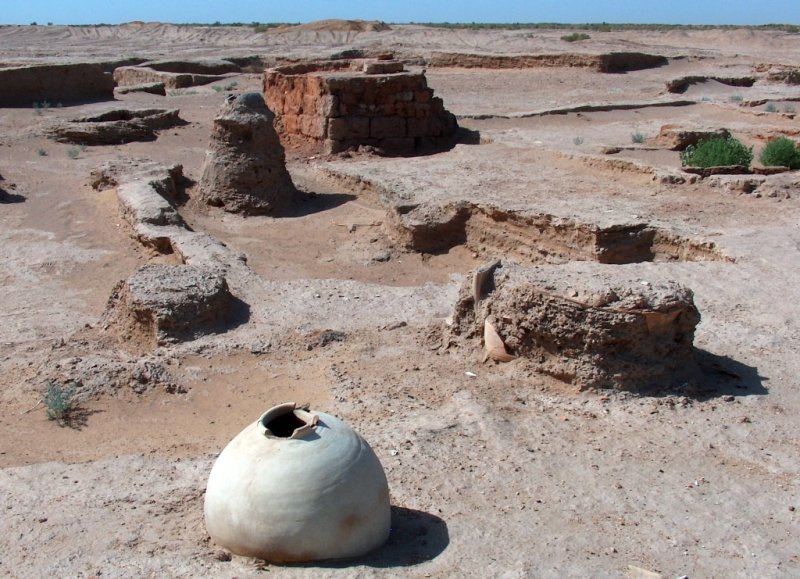
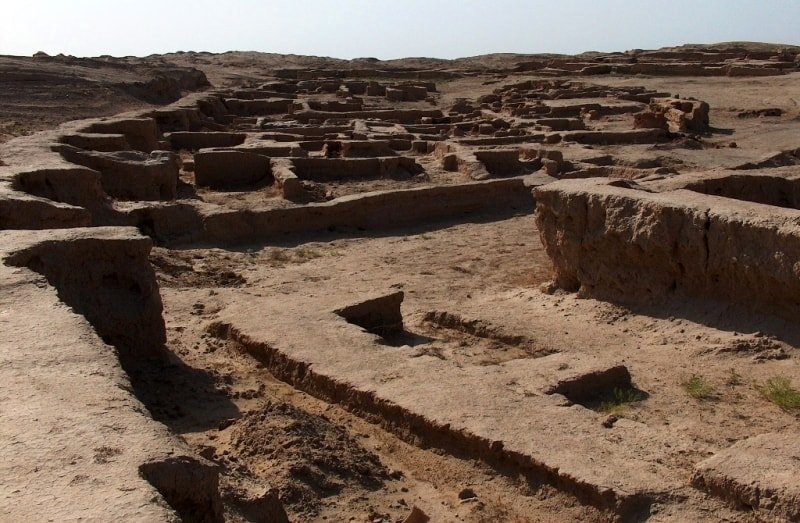
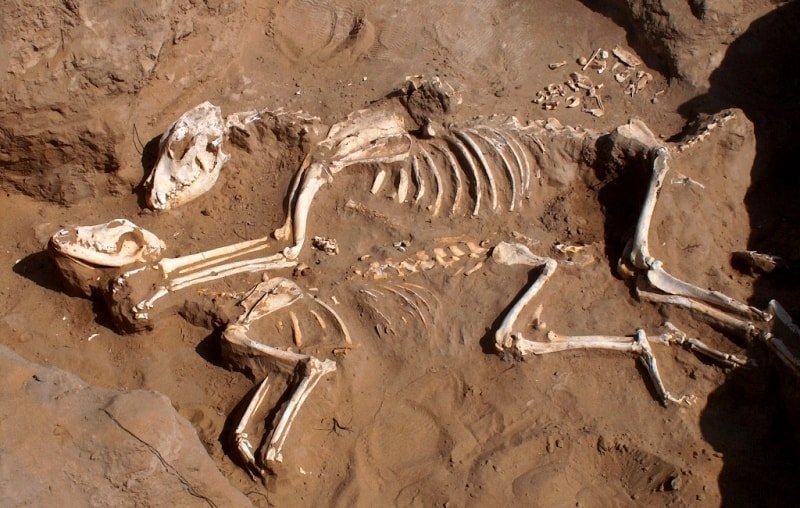
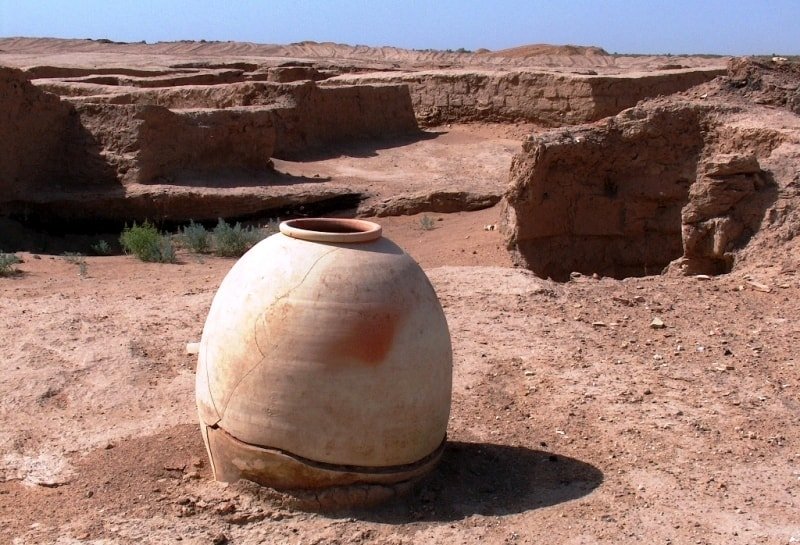
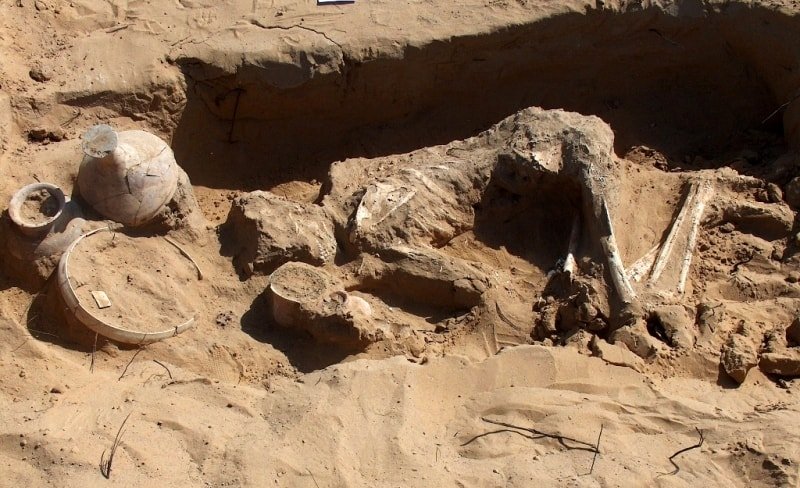
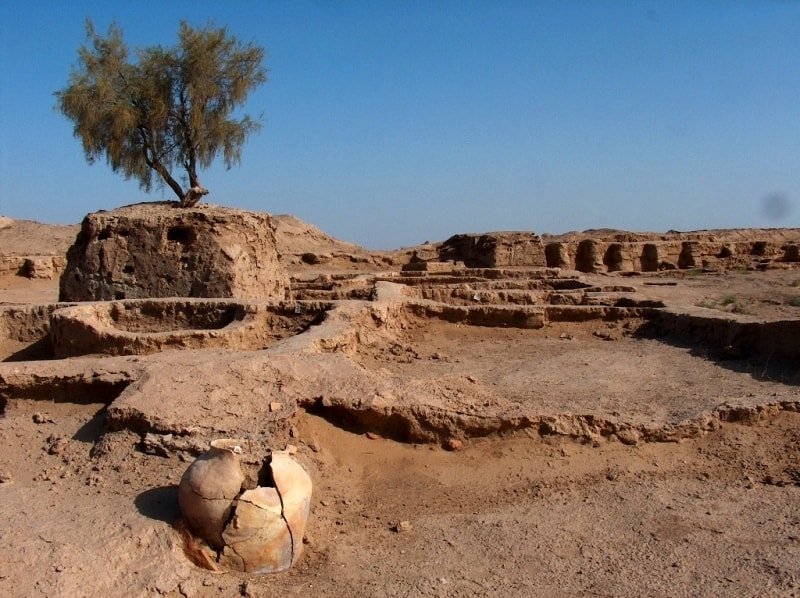
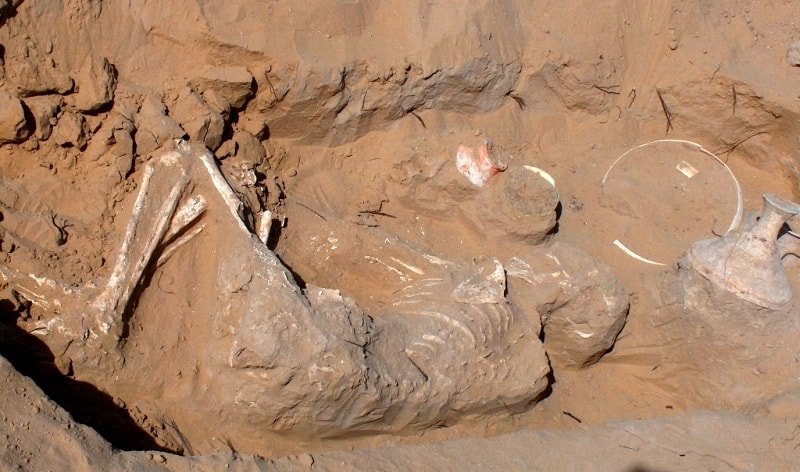
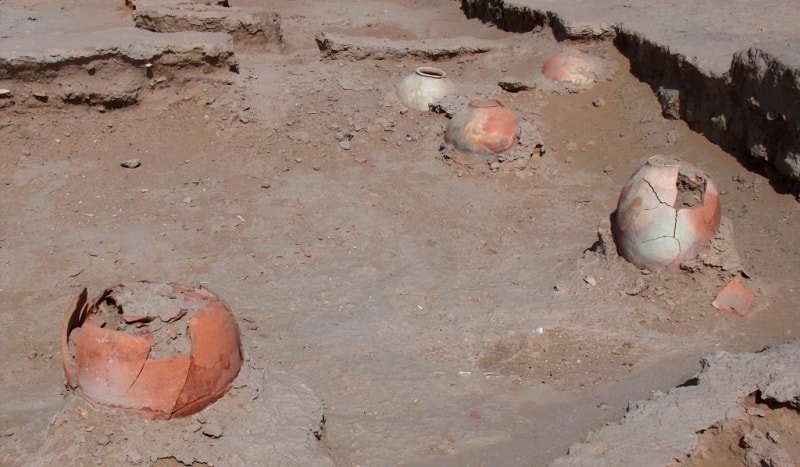
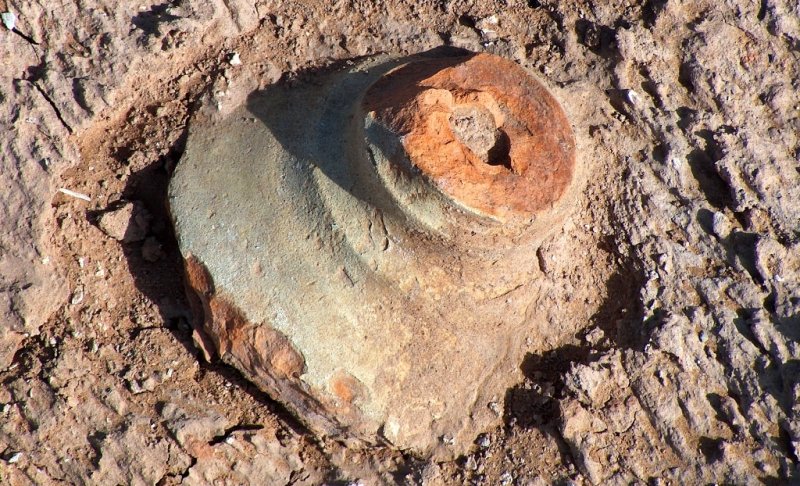
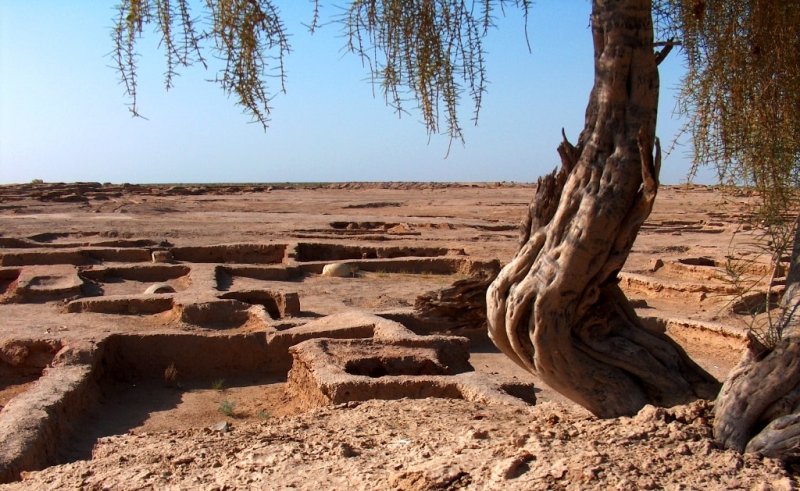
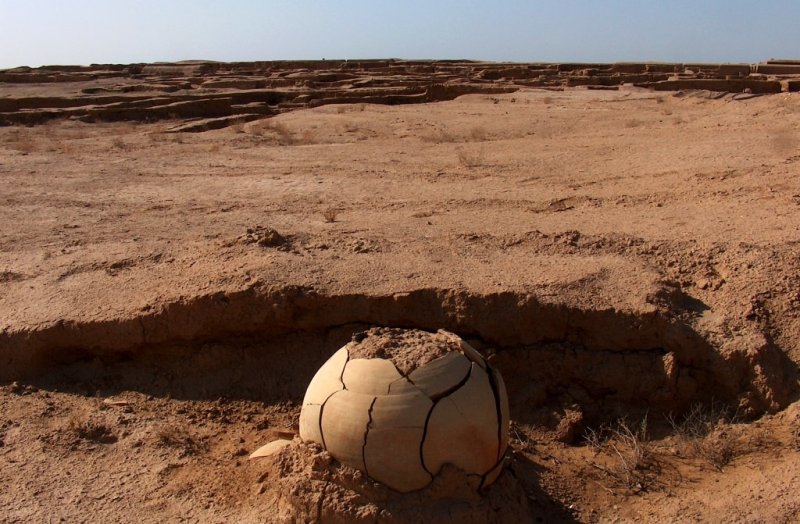
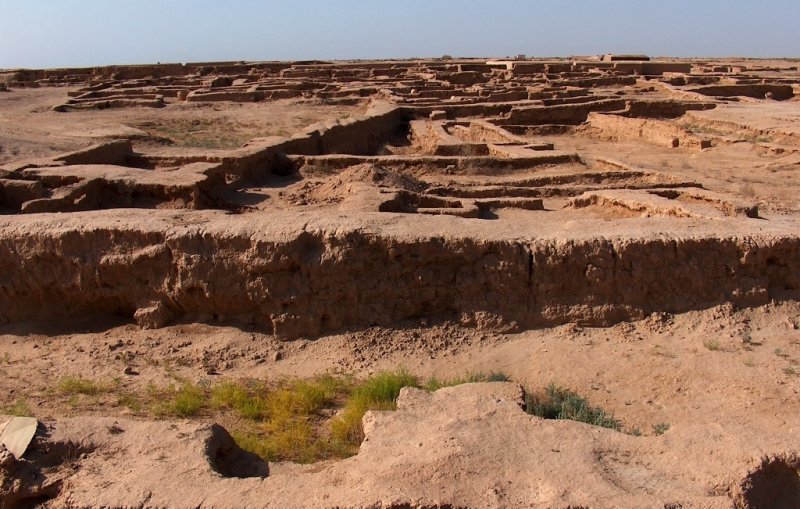
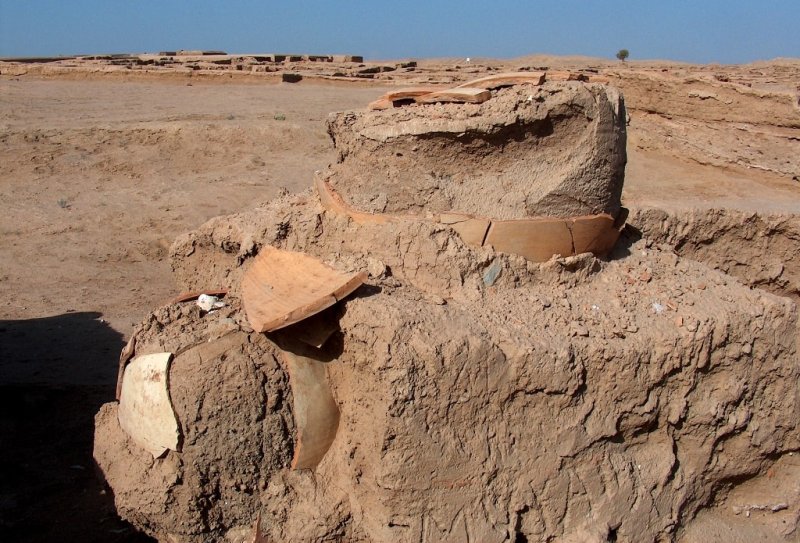
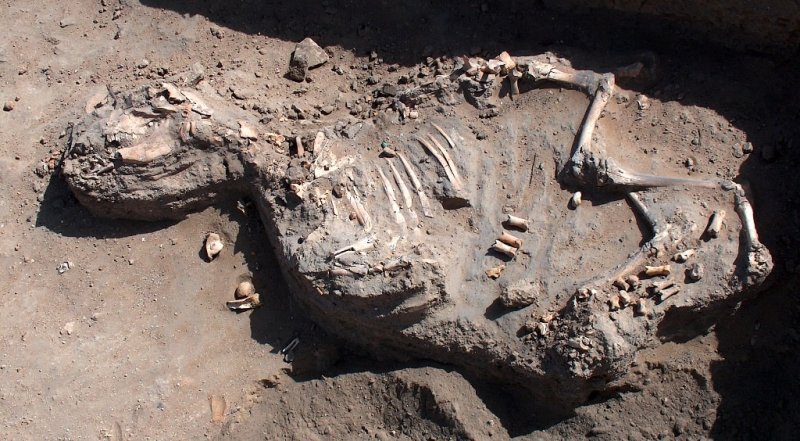
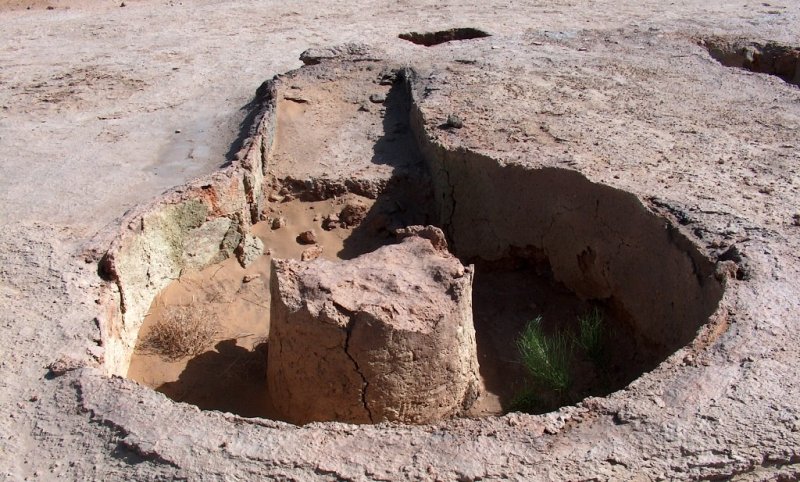
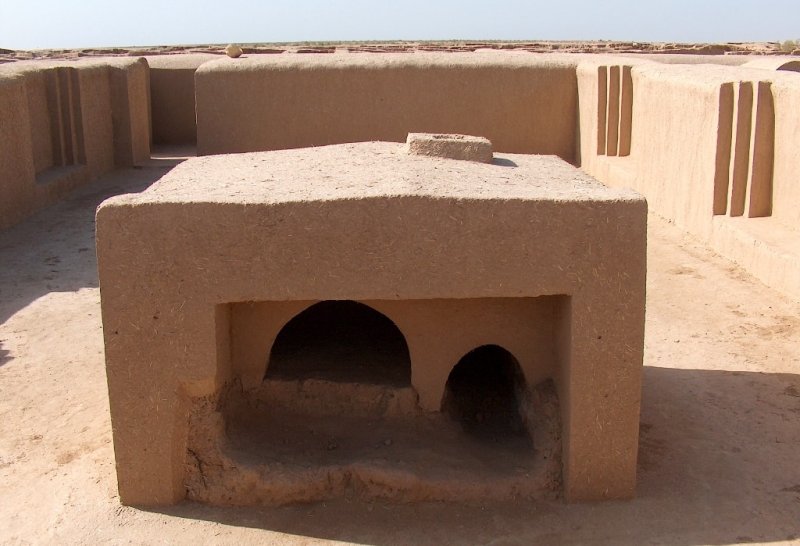
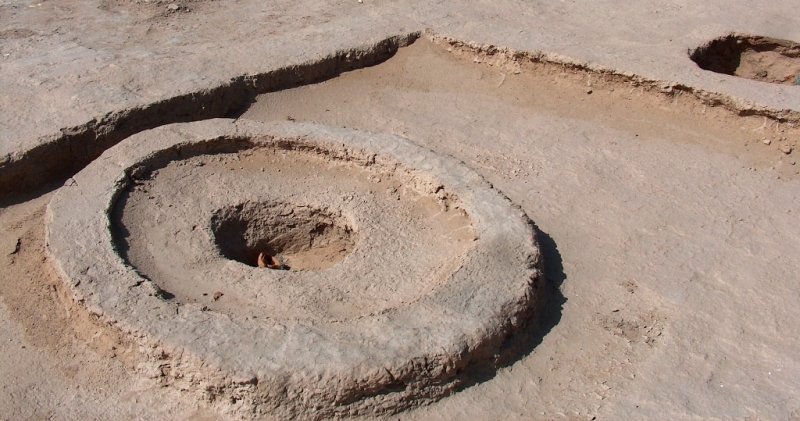
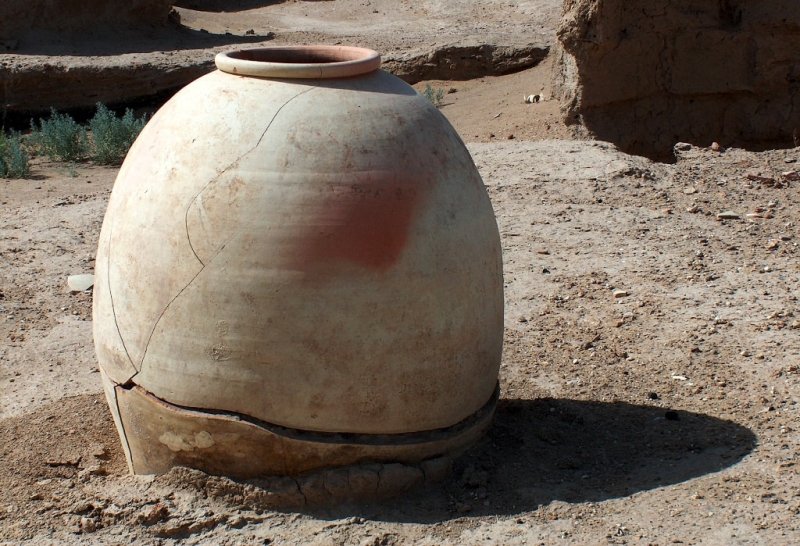
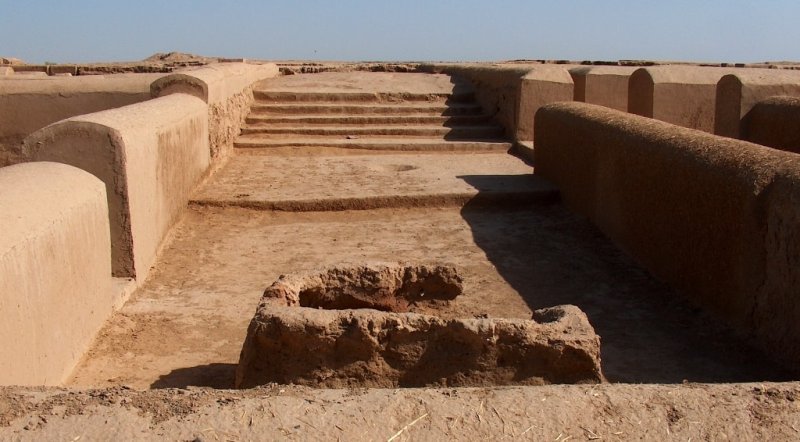
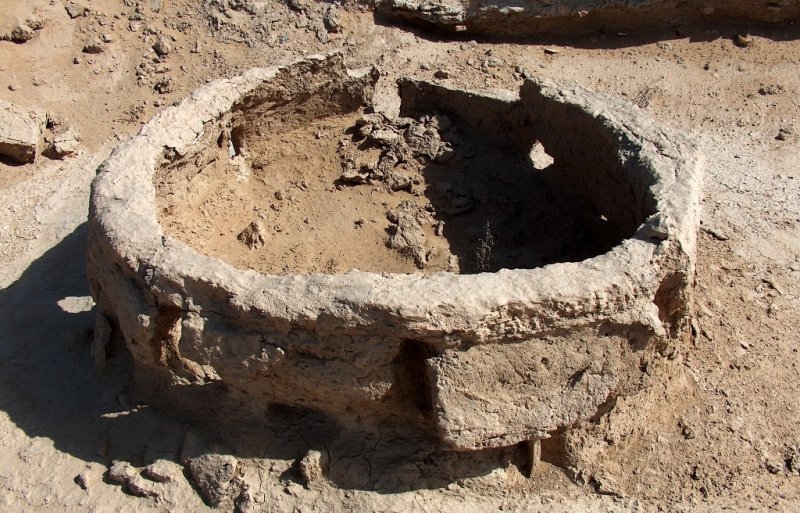
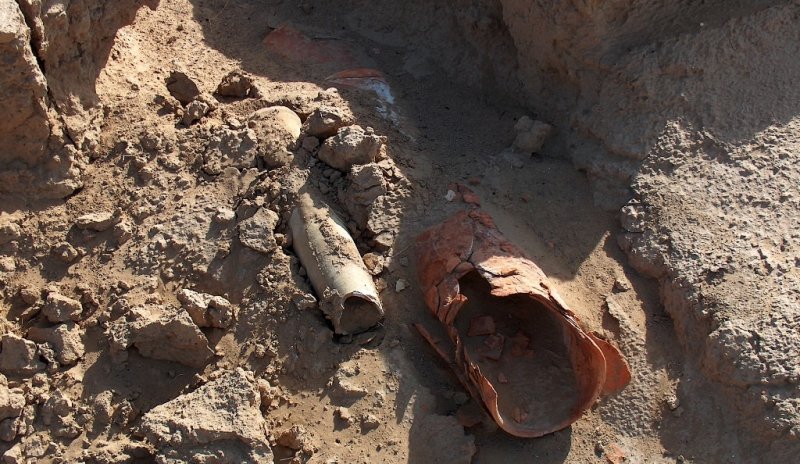
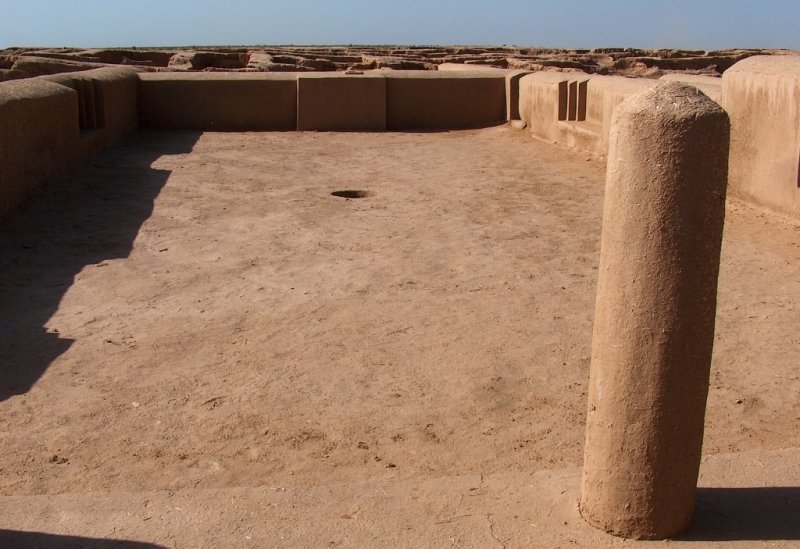
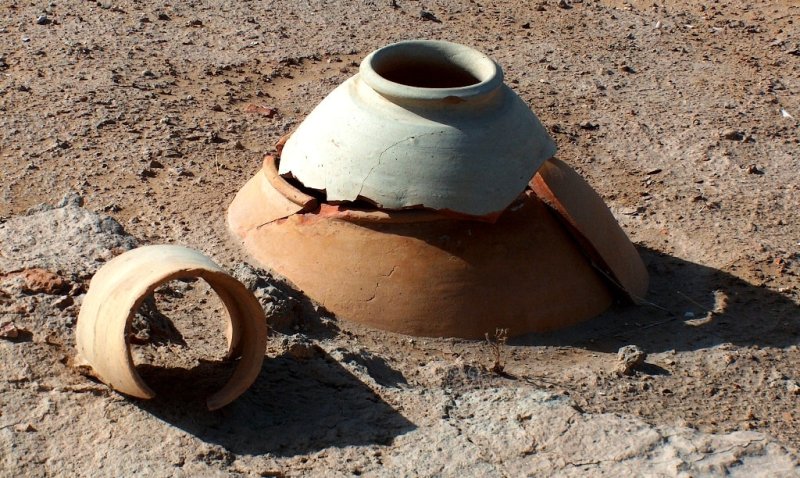
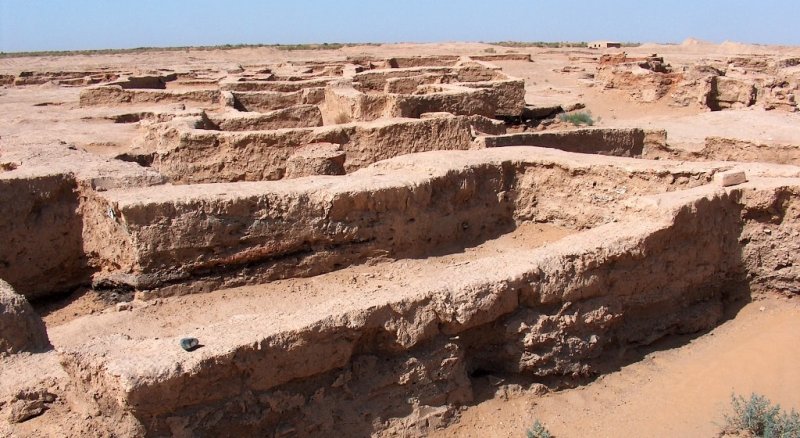
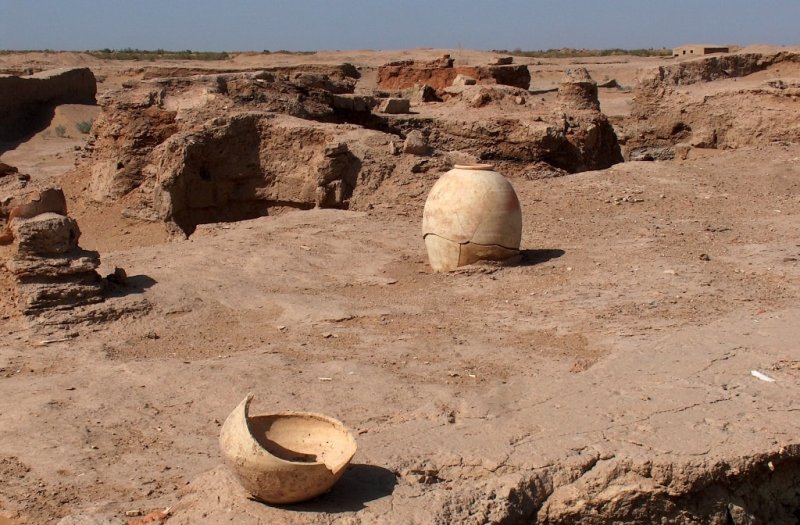
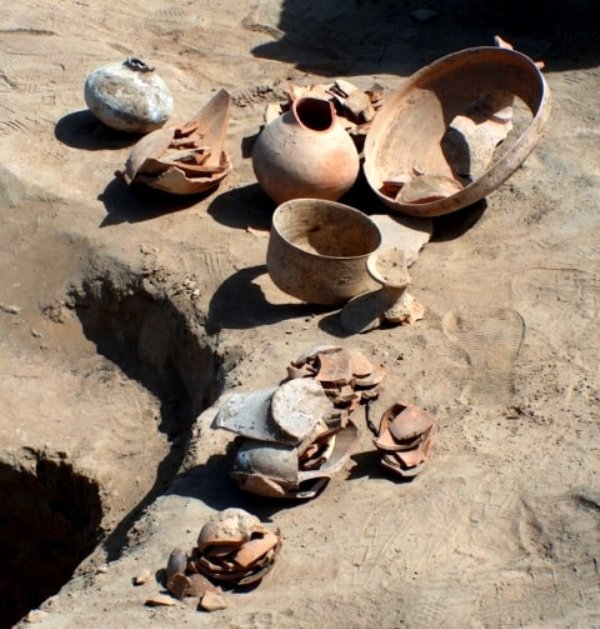
Authority:
The international magazine Turkmenistan. November, 2012.10 - 11 (91-92), Ruslan Muradov.
Photos
Alexander Petrov.







